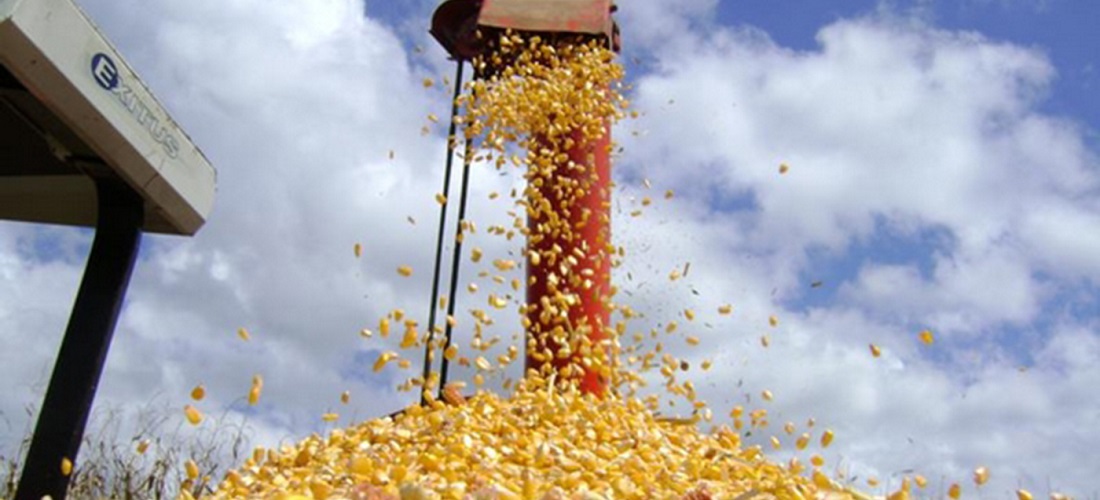
Brazilian corn exports to China on the bench until 2023
Jul, 14, 2022 Posted by Gabriel MalheirosWeek 202228
Despite the high hopes of grain traders that gathered strength on July 13 with the news that China will sign quarantine agreements to allow corn exports by Brazil, shipments will only be effective in 2023, informed the Ministry of Agriculture official José Guilherme Leal.
“The protocol provides for the need to establish a monitoring mechanism on production. As we did not monitor the current corn crop, I reaffirm that exports will only be possible from the 2022/23 summer crop onwards, which will have to be monitored by qualified exporters,” he explained.
According to Leal, the Chinese requested to verify whether certain weeds and fungi exist in corn crops, a standard procedure in consolidating sanitary agreements and protocols. As a result, producers who want to export will have to monitor and report crop conditions and control these pests and diseases. Then the Ministry of Agriculture will certify that these shipments meet all regulations.
The protocol paperwork, which the Chinese reviewed and returned, is now available for signature by Agriculture Minister Marcos Montes. Following the formalization of the agreement, the ministry will cooperate with the private sector to provide information on how to meet the conditions agreed. Following that, prospective exporters will have to request a license, which will be approved or denied by the GACC.
Brazil and China still do not see eye to eye on the use of transgenic maize. Leal stated that the Asian market has been agile in analyzing the techniques used in Brazil, and it will be up to the seed industry to obtain the required approvals from China in case of asynchrony.
In May, when Brazil and China announced advances in the corn trade agreement during a meeting of Cosban, the China-Brazil Commission of High-Level Agreement and Cooperation, the market was in an uproar. There was talk of negotiating the export of 400 thousand tonnes of Brazilian grain between October and November. However, both parties did not confirm sales due to the explanation that the health protocol governing these shipments was still being established.
“The Chinese interest in diversifying suppliers to meet internal demand in a moment of increased grain consumption that rose out of the new hog production model, in addition to the global scarcity that the war in Ukraine imposed onto the world, provided the right timing for these negotiations,” assessed Larissa Wachholz, a partner at Vallya Agro.
Corn exports to China should gain traction in next year’s second crop, Brazil’s most abundant harvest period. “China’s entry into the Brazilian market is inevitable,” said market analyst Cristiano Palavro, a partner at Pátria Agronegócios.
Needless to say, it will be long before corn grows to the same level of importance as soybeans in Brazil. “Corn has the potential to be as important in the international market as soybeans in the future, but we will need to significantly boost production levels to develop a surplus that sets export levels over 50% of what is now produced,” said Palavro. According to consultancy China Policy, Chinese demand in 2022 will be 30 million tonnes of imported corn.
As Ukrainian corn growers are now able to plant their crop, albeit a small one, and ports are expected to be soon cleared for imports, China may no longer need Brazil. However, the Chinese demand may anticipate the terms of the deal, according to Glauber Silveira, executive director of the Brazilian Association of Corn Producers (Abramilho). “The protocols are dictated by market demand,” he said.
In 2021, Brazil exported 20.4 million tonnes of corn to destinations such as Iran, Egypt and Spain.
Source: Valor Econômico
To read the full original article, please go to: https://valor.globo.com/agronegocios/noticia/2022/07/14/exportacao-de-milho-a-china-fica-para-2023.ghtml
-
Oil and Gas
Sep, 22, 2023
0
Despite low price, Brazil has largest oil trade surplus
-
Ports and Terminals
Feb, 01, 2021
0
SPA sets public hearing for Port of Santos internal railway
-
Economy
Nov, 03, 2022
0
US trade deficit widens in September
-
Navegação
Jan, 26, 2023
0
Maersk and MSC to terminate 2M alliance in 2025


